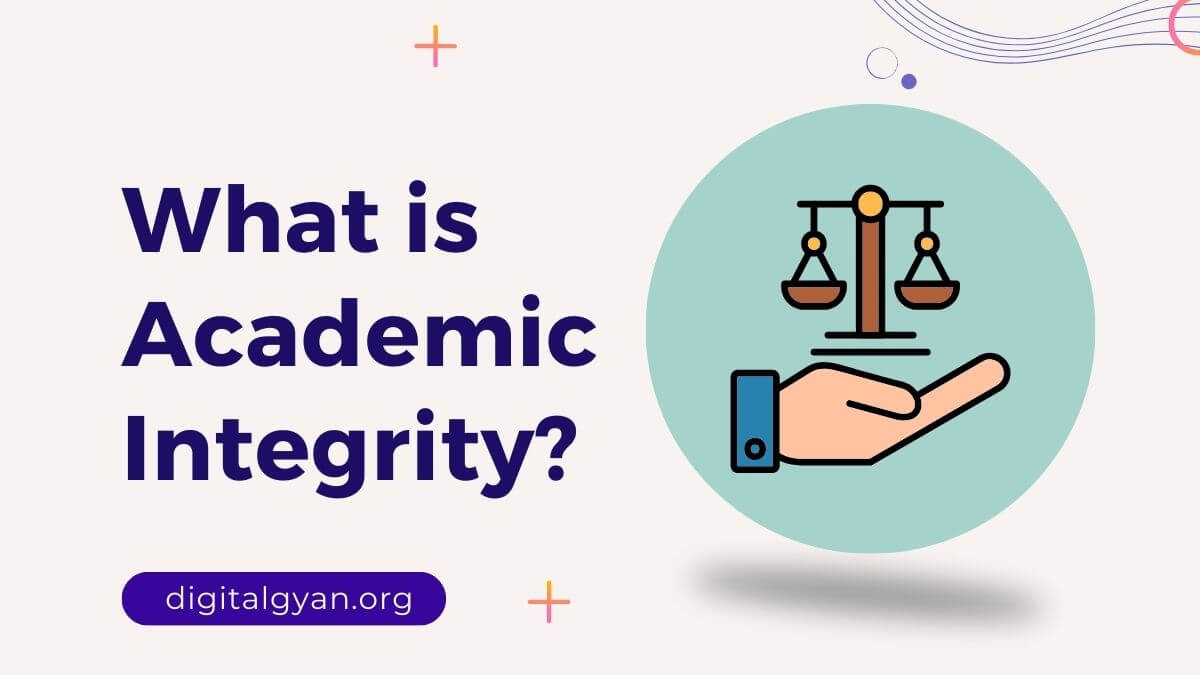5 Steps to Conflict Resolution in the Workplace
Misunderstandings, personality clashes, and differences in opinion can lead to negative consequences such as decreased productivity, low employee morale, and even loss of revenue.
However, conflict resolution skills can help employees and managers resolve issues quickly and effectively. In this article, we will discuss six steps to conflict resolution in the workplace that can be used by anyone from entry-level employees to upper management.
Step 1: Identify the issue
The first step in resolving a conflict at work is to identify the problem. Before attempting to remedy the issue, it is crucial to identify its root cause. Conflicts frequently start because of misconceptions or poor communication. As a result, it’s crucial to compile all pertinent data and facts regarding the circumstance.
It’s critical to speak with everyone concerned in a respectful and non-confrontational manner once you’ve determined the problem. Till you have all the information required for an informed conversation, refrain from assigning blame or making assumptions. Asking open-ended questions that promote communication and understanding between the parties may be beneficial.
In some situations, it could be beneficial to involve a neutral third person to mediate negotiations between parties with divergent points of view. The mediator can assist both parties in identifying topics that they may not have previously thought about and in identifying points of agreement from which they can develop a win-win resolution. By following these recommendations, you’ll be well on your way to resolving office disputes and fostering a more pleasant working atmosphere for all parties concerned.
Step 2: Listen to both sides
Listening to both parties is the second step in resolving disputes at work. Recognise that each side will have a different account of what happened, and take the time to hear them out. People are more receptive to finding a solution when they feel heard and understood. In addition to hearing what each individual has to say, listening also entails acknowledging their emotions and worries. Giving your entire attention, staying focused, getting clarification, and summarising what was heard are all necessary for active listening. This strategy aids in fostering an atmosphere where everyone is valued and respected.
One essential aspect of listening is remaining neutral during the conversation. It’s essential not to take sides or show favoritism as doing so can exacerbate tensions between employees. Instead, focus on finding common ground and areas where a resolution can be achieved quickly without compromising anyone’s values or beliefs. By taking this approach, you’ll be able to move forward with a solution that benefits everyone involved in the conflict at hand.
Step 3: Find common ground
Finding common ground is an essential step in conflict resolution. It involves identifying areas of agreement between conflicting parties and using those as a basis for finding solutions to the problem at hand. Common ground can be found by focusing on shared goals, values, or interests. By looking for areas of agreement, both parties can start to build trust and respect for one another.
Finding common ground also involves active listening and empathizing with the other party’s point of view. This means putting aside personal biases and being open to new ideas and perspectives. It requires a willingness to compromise and find mutually beneficial solutions that address the needs of all parties involved.
Overall, finding common ground is critical in resolving workplace conflicts because it helps bridge differences between people, reduces tension, and creates a more positive work environment. With this approach, individuals can work collaboratively towards achieving their shared goals while respecting each other’s differences.
Step 4: Brainstorm solutions
After identifying the root cause of the conflict, it’s time to brainstorm solutions. This step involves a group discussion or individual reflection on possible solutions that could resolve the issue at hand. It’s essential to gather perspectives from all parties involved and seek input from those who may have experienced similar conflicts in the past.
Brainstorming sessions can be facilitated by a mediator or team leader, ensuring that everyone has an equal opportunity to share their ideas and suggestions. The goal is not to find one perfect solution but rather to generate multiple options that could potentially solve the problem.
Once all possible solutions have been listed, it’s time to evaluate each option carefully. Consider factors such as feasibility, potential outcomes, and long-term impact on relationships between colleagues. After careful consideration and evaluation, select the most viable option(s) for resolving the conflict. It’s important to communicate these solutions clearly with all parties involved and gain consensus before moving forward with implementation.
Step 5: Implement and evaluate
Once a resolution has been agreed upon, it is time to implement the plan. This may require communication with relevant parties to ensure that everyone is aware of the chosen solution and understands their role in its implementation. It might also entail setting timelines or deadlines for certain tasks or actions.
As the conflict resolution plan is put into action, it is crucial to monitor progress and evaluate the effectiveness of the chosen solution. This can involve soliciting feedback from those involved or affected by the conflict, reviewing performance indicators, or conducting surveys or assessments. It may be necessary to make adjustments as needed if it becomes apparent that certain aspects of the plan are not working as intended.
Finally, after implementing and evaluating the conflict resolution plan, take steps to prevent similar conflicts from arising in future. This might involve updating policies or procedures, investing in employee training and development programs, fostering open communication channels within and between teams, or conducting ongoing monitoring and evaluation activities. By taking proactive measures to address potential sources of conflict before they escalate into full-blown disputes, organizations can create a more harmonious work environment where employees feel valued and supported.
Conclusion
Effective conflict resolution in the workplace brings numerous benefits that can improve individual and organizational performance. Firstly, it promotes better communication and collaboration among employees. When conflicts are resolved amicably, team members learn to understand each other’s viewpoints, appreciate their strengths, and identify areas of improvement. This leads to increased trust and respect between colleagues, which ultimately enhances productivity.
Finally, effective conflict resolution helps organizations retain top talent by creating a positive culture that values open communication and problem-solving skills. Employees are more likely to stay with companies that prioritize their needs and provide opportunities for professional growth.

